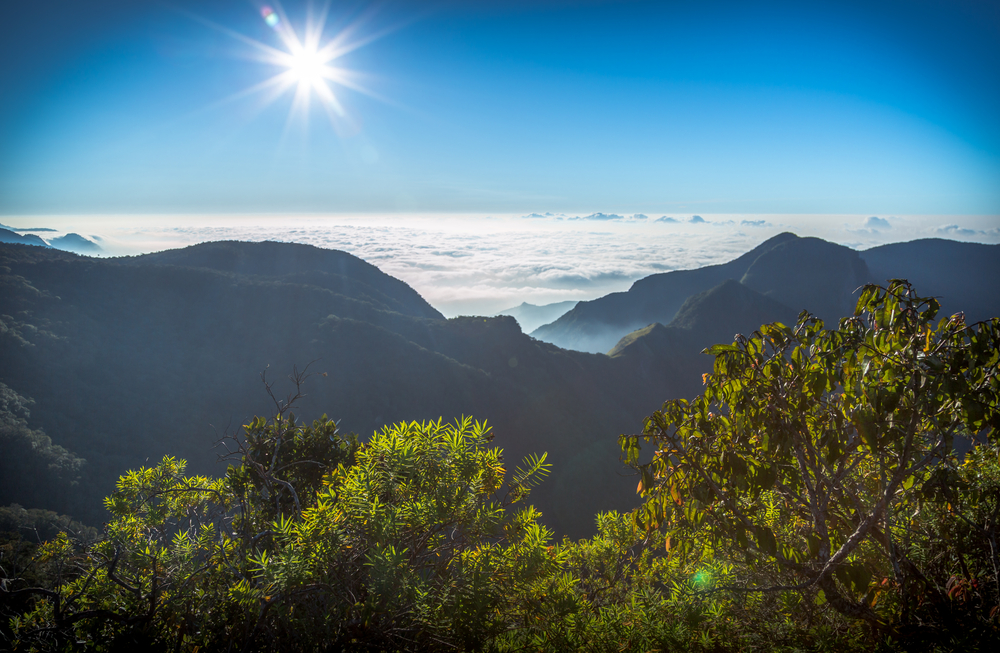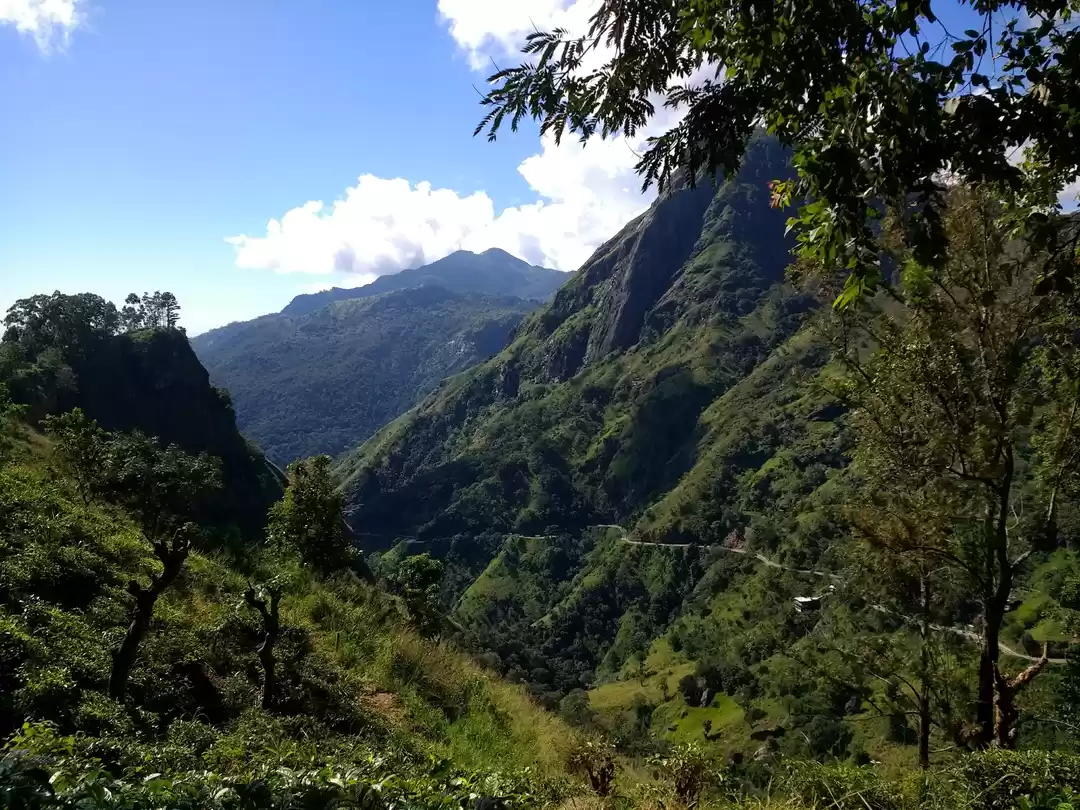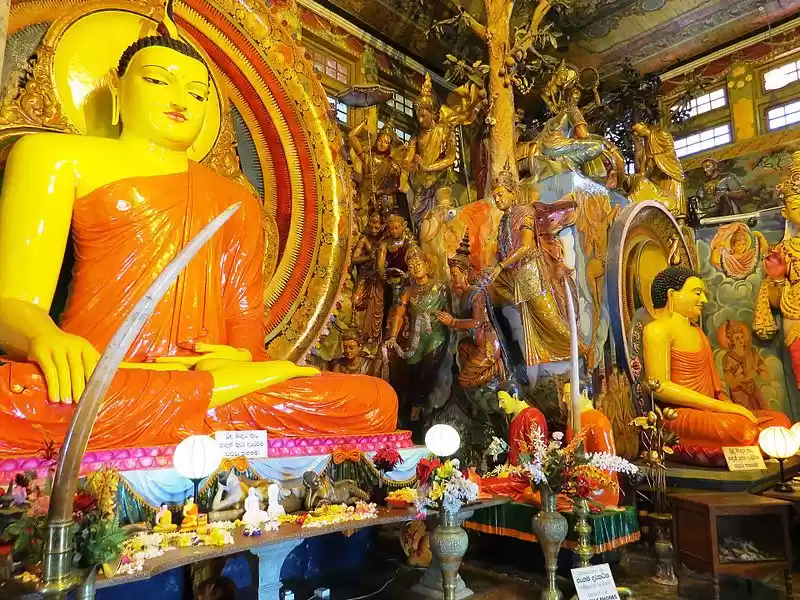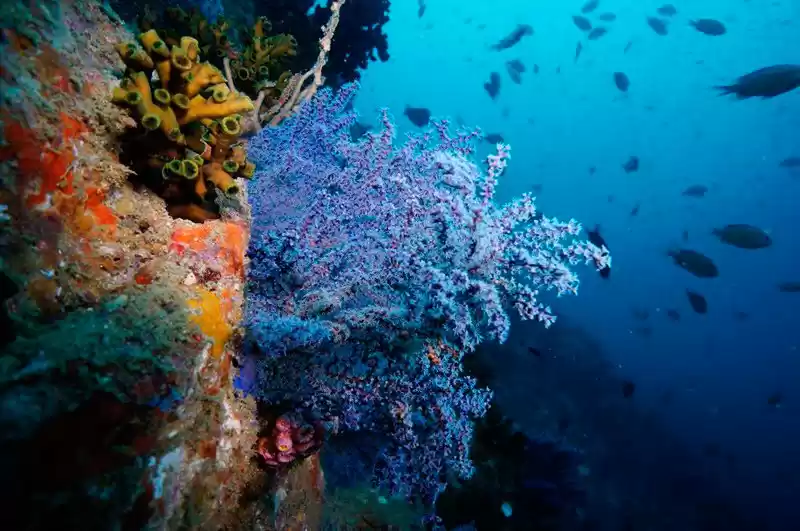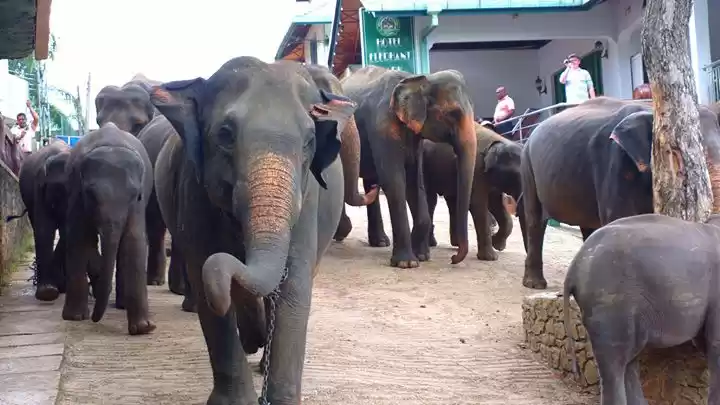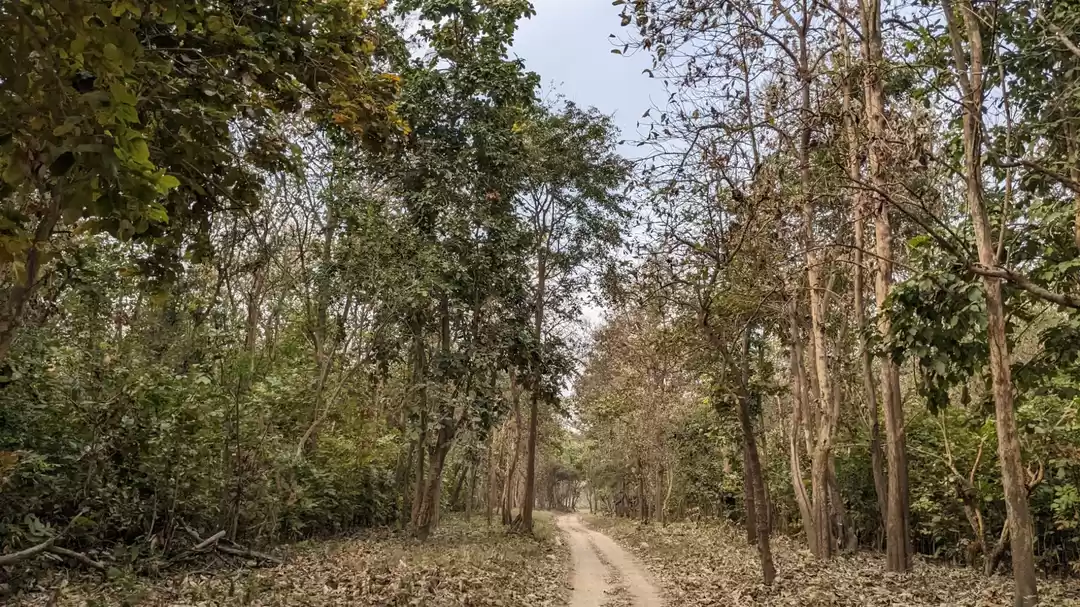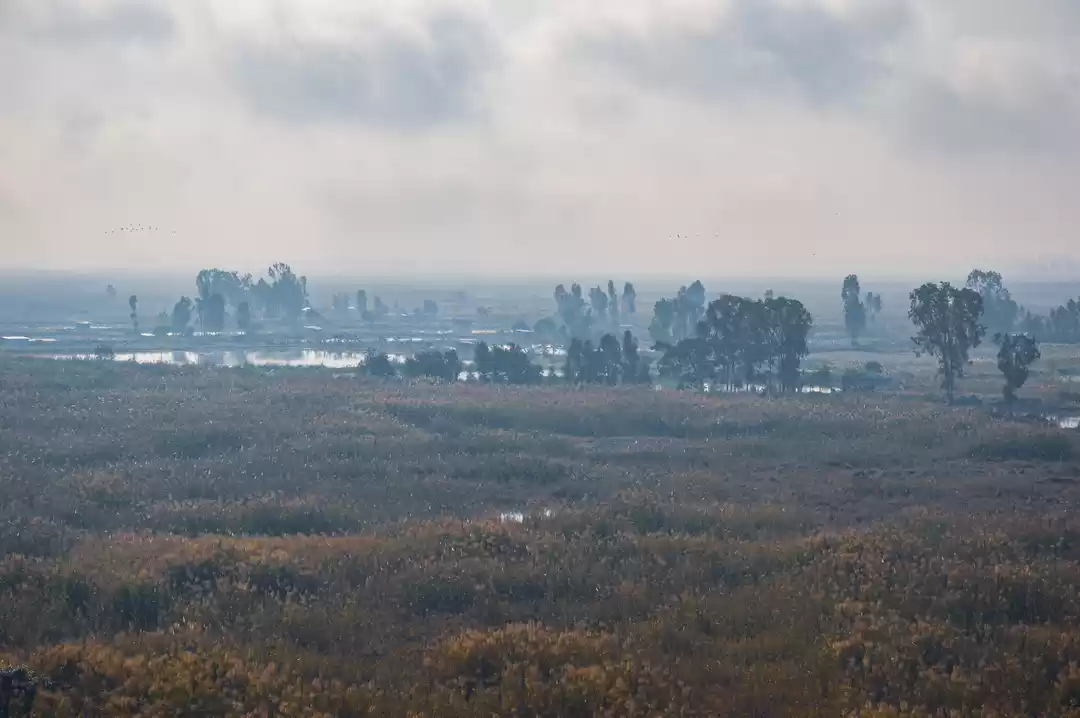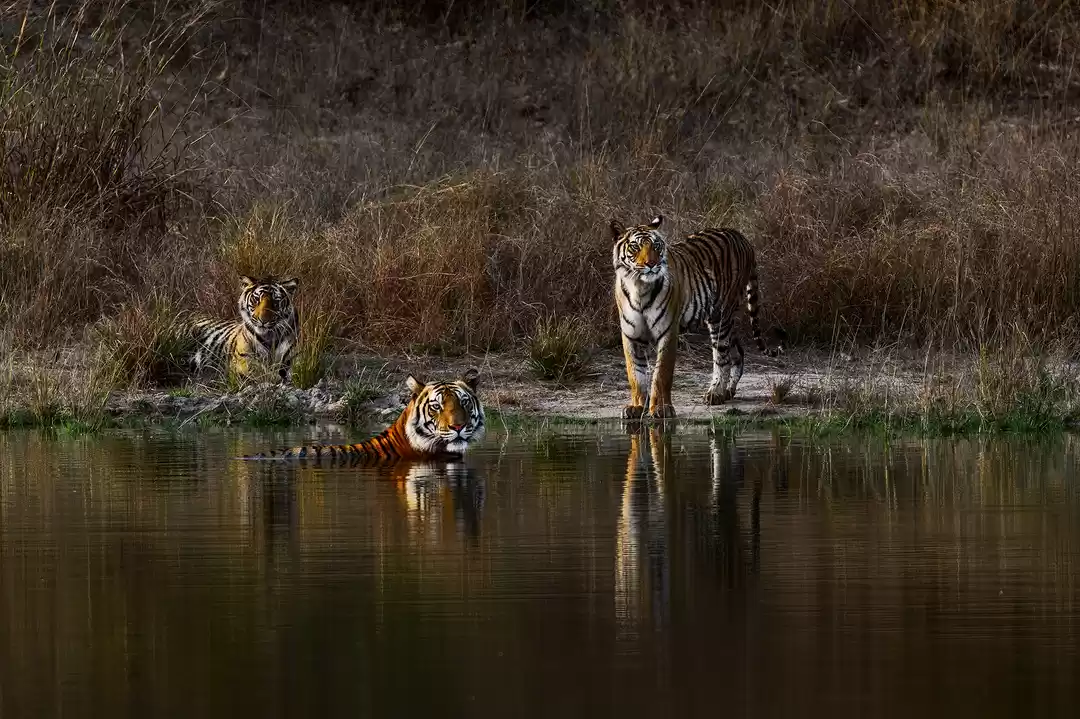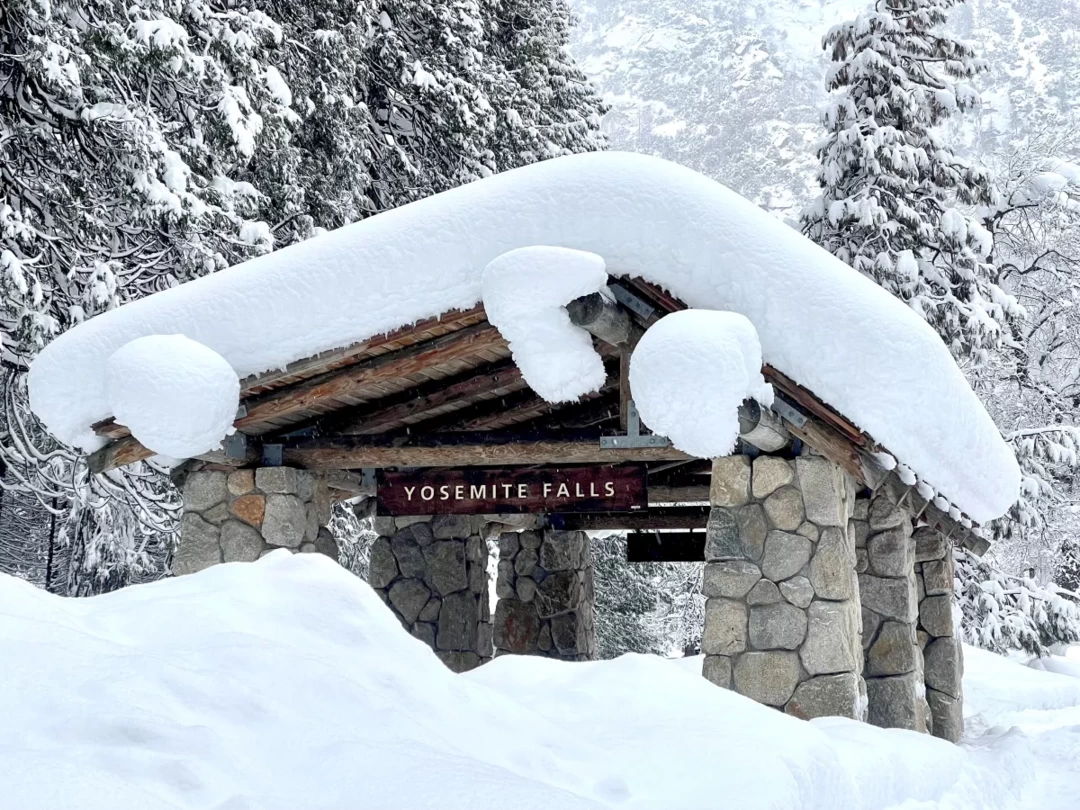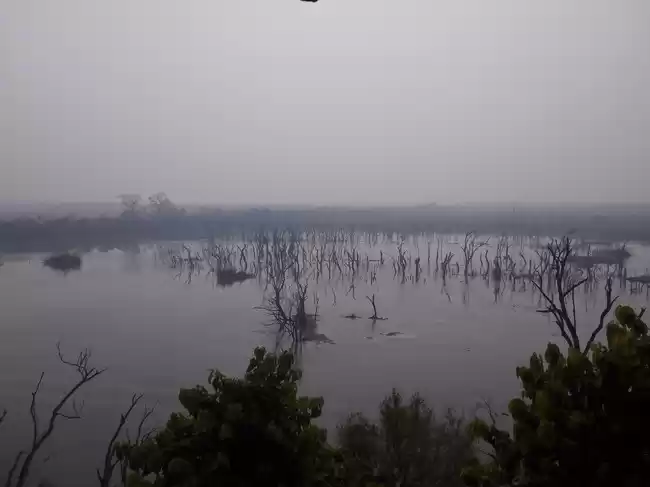Horton Plains National Park is one of the most beautiful and unique places in Sri Lanka. It is a World Heritage Site that covers an area of 3,160 hectares, spread over two mountains, Kirigalpoththa and Thotupola Kanda. The park is a paradise for nature lovers, as it boasts of diverse landscapes, such as plains, forests, waterfalls, and cliffs, as well as a rich variety of flora and fauna, including some endemic and endangered species.
Horton Plains National Park is also a haven for adventure seekers, as it offers some of the best hiking trails and attractions in the country, such as the World’s End, the Baker’s Falls, and the Chimney Pool. Whether you are looking for a relaxing getaway or a thrilling experience, Horton Plains National Park has something for everyone.
In this article, we will guide you through everything you need to know about Horton Plains National Park, from its location, climate, and biodiversity, to its hiking trails, attractions, and tips. We will also provide you with some useful information on how to reach, when to visit, and where to stay near the park. By the end of this article, you will be ready to plan your trip to this amazing World Heritage Site in Sri Lanka.
Horton Plains National Park Sri Lanka: Location, Climate, and Biodiversity
Horton Plains National Park is located in the central highlands of Sri Lanka, about 200 km from Colombo, the capital city. The park lies at an elevation of 2,100 to 2,300 meters above sea level, making it the highest plateau in the country. The park is part of the Peak Wilderness Protected Area, which also includes the Knuckles Conservation Forest and the Adam’s Peak. The park is named after Sir Robert Horton, the British governor of Ceylon (now Sri Lanka) from 1831 to 1837.
The climate of Horton Plains National Park is cool and misty throughout the year, with an average temperature of 15°C. The park receives an annual rainfall of about 2,000 mm, mostly from the southwest and northeast monsoons. The park has less precipitation from January to March, which is considered the best time to visit. The park is often covered with clouds and fog, especially in the mornings and evenings, creating a mystical atmosphere.
The biodiversity of Horton Plains National Park is remarkable, as it hosts a unique ecosystem of montane grassland and cloud forest. The park is home to more than 750 species of plants, including 57 endemic species, such as the rhododendron, the nillu, and the dwarf bamboo. The park is also a habitat for more than 50 species of mammals, including 12 endemic species, such as the purple-faced langur, the Sri Lankan leopard, and the sambar deer. The park is a birdwatcher’s delight, as it harbors more than 150 species of birds, including 21 endemic species, such as the Sri Lanka white-eye, the Sri Lanka wood pigeon, and the Sri Lanka whistling thrush. The park is also a refuge for many species of reptiles, amphibians, fish, and insects, some of which are rare and endangered.
Horton Plains National Park Hiking: Trails and Attractions
Horton Plains National Park is a dream destination for hikers, as it offers some of the most scenic and challenging trails and attractions in Sri Lanka. The park has three main hiking trails, namely the Circular Trail, the Kirigalpoththa Trail, and the Thotupola Kanda Trail. Each trail has its own features and highlights, and can be completed in a few hours. The trails are well-marked and maintained, but they can be slippery and steep in some parts, so it is advisable to wear proper shoes and clothing, and carry water and snacks.
The trails are open from 6 AM to 6 PM, and the entrance fee is 25 USD for foreigners and 60 LKR for locals. The park also charges a vehicle fee of 10 USD for cars, 20 USD for vans, and 40 USD for buses.

The Circular Trail
The Circular Trail is the most popular and easiest trail in the park, as it covers the main attractions and offers stunning views of the surroundings. The trail is about 9 km long and takes about 3 to 4 hours to complete. The trail starts from the visitor center, where you can get a map and a guide, if you wish. The trail follows a clockwise direction, passing through the plains, the forests, the World’s End, the Baker’s Falls, and the Chimney Pool, before returning to the visitor center.
The World’s End
The World’s End is the most famous and spectacular attraction in the park, as it is a sheer cliff with a drop of 880 meters, offering a panoramic view of the valley below and the mountains beyond. The World’s End is best seen in the early morning, before 9 AM, as the clouds and mist tend to obscure the view later in the day. The World’s End is about 4 km from the visitor center, and it takes about an hour and a half to reach. The World’s End also has a smaller version, called the Mini World’s End, which is about 1 km before the main one, and has a drop of 270 meters.
The Baker’s Falls
The Baker’s Falls is a beautiful waterfall named after Samuel Baker, a British explorer who discovered it in 1845. The waterfall is about 20 meters high and cascades over a series of rocks, creating a picturesque scene. The waterfall is located along a nature trail, about 2 km from the World’s End, and it takes about half an hour to reach. The waterfall is a popular spot for photography and relaxation, but swimming is not allowed, as the water is cold and the rocks are slippery.
The Chimney Pool
The Chimney Pool is a small and serene pool of water that is formed by a stream that flows through the park. The pool is named after a chimney-like rock formation that stands near it. The pool is located about 1 km from the Baker’s Falls, and it takes about 15 minutes to reach. The pool is a nice place to rest and enjoy the tranquility of nature, but swimming is also not allowed, as the water is shallow and the rocks are sharp.
The Kirigalpoththa Trail
The Kirigalpoththa Trail is the most difficult and adventurous trail in the park, as it leads to the summit of Kirigalpoththa, the second highest mountain in Sri Lanka, at 2,388 meters. The trail is about 14 km long and takes about 5 to 6 hours to complete. The trail starts from the visitor center, and follows the same route as the Circular Trail until the World’s End, where it branches off to the left. The trail then ascends through the forest, the grassland, and the rocky terrain, until it reaches the peak of Kirigalpoththa, where you can enjoy a breathtaking view of the park and beyond. The trail then descends along the same path, until it rejoins the Circular Trail near the Chimney Pool, and returns to the visitor center.
The Kirigalpoththa Trail is not for the faint-hearted, as it requires a high level of fitness, stamina, and courage. The trail is steep and slippery in some parts, and there is no shade or water along the way. The trail is also exposed to strong winds and sudden weather changes, which can make it dangerous and difficult. The trail is only recommended for experienced and well-equipped hikers, and it is advisable to hire a guide and start early in the morning.
The Thotupola Kanda Trail
The Thotupola Kanda Trail is the shortest and easiest trail in the park, as it leads to the summit of Thotupola Kanda, the third highest mountain in Sri Lanka, at 2,357 meters. The trail is about 4 km long and takes about 2 hours to complete. The trail starts from a point near the entrance of the park, where you can park your vehicle and pay the fee. The trail then follows a gentle slope through the forest, until it reaches the peak of Thotupola Kanda, where you can admire a splendid view of the park and the surrounding hills. The trail then returns along the same path, until it reaches the starting point.
The Thotupola Kanda Trail is a pleasant and relaxing trail, as it does not involve any steep or slippery sections, and it is shaded by the trees. The trail is suitable for anyone who wants to enjoy a leisurely hike and a scenic view, without much effort or time.
Horton Plains National Park Entry Fee and Other Expenses
Horton Plains National Park is not a cheap destination, as it involves some expenses that you need to consider before planning your trip. The park charges an entrance fee, a vehicle fee, a guide fee, and an accommodation and food fee, depending on your preferences and needs. Here is a breakdown of the costs involved in visiting the park:
Entrance Fee
The entrance fee for the park is 25 USD for foreigners and 60 LKR for locals. The fee is valid for one day, and it includes access to all the trails and attractions in the park. The fee is payable at the visitor center, where you can also get a map and a guide, if you wish. The fee is payable in cash or by card, and you need to show your passport or ID card as proof of identity.
Vehicle Fee
The vehicle fee for the park is 10 USD for cars, 20 USD for vans, and 40 USD for buses. The fee is valid for one day, and it includes parking and access to the road that leads to the visitor center. The fee is payable at the entrance of the park, where you can also get a ticket and a sticker for your vehicle. The fee is payable in cash or by card, and you need to show your vehicle registration and insurance documents as proof of ownership.
Guide Fee
The guide fee for the park is optional, but recommended, especially if you are planning to hike the Kirigalpoththa Trail or the Thotupola Kanda Trail. The guide fee is 15 USD for a group of up to 6 people, and 20 USD for a group of more than 6 people. The fee is valid for one day, and it includes the service and expertise of a licensed and experienced guide, who can show you the best routes, points of interest, and wildlife in the park. The fee is payable at the visitor center, where you can also choose and book a guide, depending on their availability and language skills. The fee is payable in cash or by card, and you need to tip the guide at the end of the hike, according to your satisfaction.
Accommodation and Food
The accommodation and food fee for the park depends on your preferences and needs, as there are various options available near the park, ranging from budget to luxury. The accommodation options include hotels, guest houses, campsites, and bungalows, which offer different facilities, services, and prices. The food options include restaurants, cafes, and shops, which offer different cuisines, dishes, and prices. The accommodation and food fee is payable at the respective places, where you can also make reservations and orders, depending on their availability and capacity. The fee is payable in cash or by card, and you need to check the ratings and reviews of the places before choosing them.
Here are some of the best accommodation and food options near the park:
Jetwing St. Andrew’s: A colonial-style hotel that offers comfortable rooms, a restaurant, a bar, a spa, and a golf course, for 100 USD per night.
Horton Plains Bungalow: A cozy bungalow that offers spacious rooms, a kitchen, a dining room, a fireplace, and a garden, for 80 USD per night.
Horton Plains Campsite: A basic campsite that offers tents, sleeping bags, toilets, showers, and a bonfire, for 20 USD per night.
Grand Indian: A popular restaurant that offers delicious Indian cuisine, such as biryani, curry, and naan, for 10 USD per person.
Baker’s Bend: A charming cafe that offers tasty snacks, drinks, and desserts, such as sandwiches, coffee, and cake, for 5 USD per person.
Horton Plains Shop: A convenient shop that offers essential items, such as water, biscuits, and fruits, for 1 USD per item.
Horton Plains National Park Tips and Precautions
Horton Plains National Park is a wonderful place to visit, but it also requires some tips and precautions to make your trip safe, enjoyable, and responsible. The park is a natural and cultural heritage site, and it deserves your respect and care. Here are some of the tips and precautions that you need to follow when visiting the park:
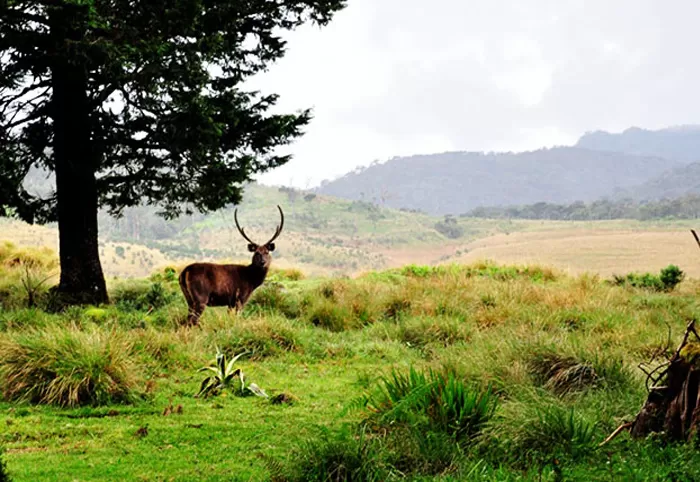
Safety
- Be aware of the potential hazards and risks in the park, such as the weather, the wildlife, the terrain, and the altitude, and how to avoid or deal with them.
- Check the weather forecast before visiting the park, and dress accordingly. Wear warm clothes, as the temperature can drop below 5°C at night. Wear waterproof clothes, as the rain can be sudden and heavy. Wear sunscreen and sunglasses, as the sun can be strong and bright.
- Be careful of the wildlife in the park, and do not disturb, feed, or approach them. Some animals, such as the leopard, the bear, and the wild boar, can be aggressive and dangerous, especially if they feel threatened or provoked. Some animals, such as the monkey, the squirrel, and the mongoose, can be curious and mischievous, and may try to steal your food or belongings. Keep a safe distance from the animals, and do not make any loud noises or sudden movements.
- Be mindful of the terrain in the park, and do not stray from the marked trails. Some parts of the park, such as the World’s End, the Baker’s Falls, and the Kirigalpoththa Trail, can be slippery and steep, and may pose a risk of falling or injury. Use caution and common sense when walking or hiking in the park, and do not take any unnecessary risks or shortcuts.
- Be prepared for the altitude in the park, and do not overexert yourself. The park is located at a high elevation, and you may experience some symptoms of altitude sickness, such as headache, nausea, dizziness, and fatigue. Drink plenty of water, eat light and frequent meals, and take breaks and rest when needed. If you have any medical conditions or concerns, consult your doctor before visiting the park.
Health
- Be fit and healthy before visiting the park, and do not underestimate the physical and mental requirements and challenges of the park. The park is a demanding and rewarding destination, and you need to have a good level of fitness, stamina, and courage to enjoy it fully. Do some exercises and training before visiting the park, and do not attempt any hike or activity that is beyond your ability or comfort level.
- Be hydrated and nourished during your visit to the park, and do not neglect your body’s needs and signals. The park is a strenuous and exhausting place, and you need to replenish your fluids and energy regularly. Carry enough water and snacks with you, and drink and eat whenever you feel thirsty or hungry. Avoid alcohol and caffeine, as they can dehydrate and impair you. If you have any dietary restrictions or allergies, inform your guide or the staff at the accommodation or food places.
Environmental Responsibility
- Be respectful and careful of the park, and do not damage or litter it. The park is a precious and fragile site, and it needs your protection and preservation. Follow the rules and regulations of the park, and do not harm or interfere with the plants, animals, or cultural artifacts in the park. Do not collect or remove anything from the park, such as flowers, rocks, or antiques. Do not leave anything behind in the park, such as trash, food, or belongings. Dispose of your waste properly, and use the bins or bags provided. Recycle and reuse your items, and avoid using plastic or disposable products.
- Be considerate and courteous of the park, and do not disturb or annoy it. The park is a peaceful and serene site, and it deserves your appreciation and admiration. Do not make any noise or pollution in the park, such as music, shouting, or smoking. Do not use any fire or electricity in the park, such as campfires, stoves, or generators. Do not use any vehicles or bikes in the park, except for the road that leads to the visitor center. Do not use any drones or cameras in the park, without permission from the authorities.
Horton Plains National Park is a must-see destination for anyone who loves nature and adventure. It is a World Heritage Site that offers a unique and diverse experience, from its location, climate, and biodiversity, to its hiking trails, attractions, and tips. It is a place that will leave you amazed and inspired, and make you want to come back again and again.
If you are interested in visiting Horton Plains National Park, or if you have any questions or feedback, please contact us at Tripoto.
We are a leading travel platform that connects travellers with local experts and guides, who can help you plan and book your trip to this amazing World Heritage Site in Sri Lanka. We are here to make your travel dreams come true.






